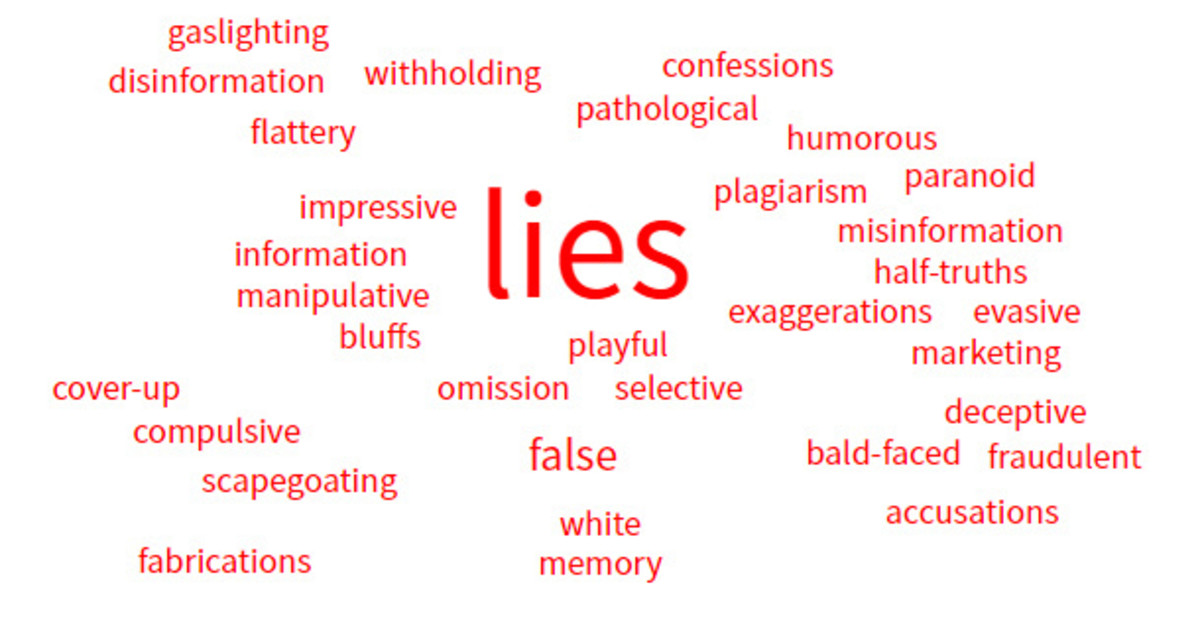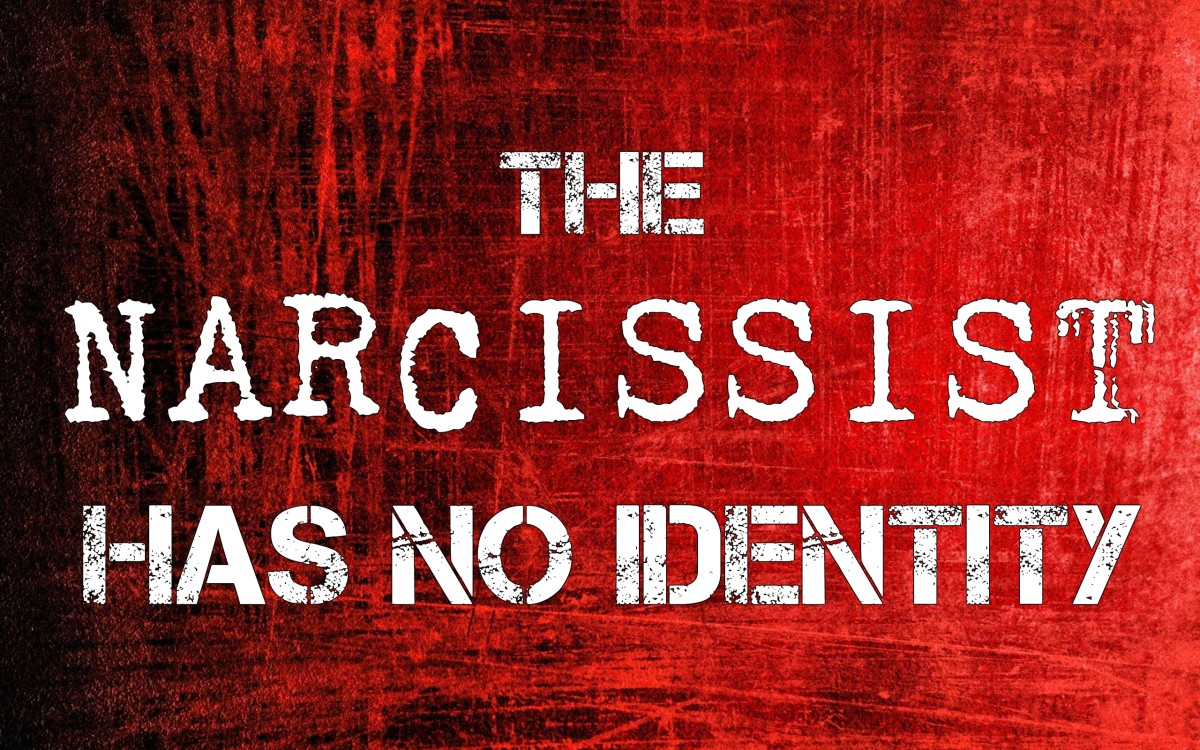False Accusations Towards Foster Parents in Children With PTSD

Foster Parenting Tips
Children who have a diagnosis of PTSD as a result of interpersonal abuse trauma have a long treatment road to recovery. One aspect of this recovery is their ability to process the abuse history in a positive manner that allows them to move beyond the terrifying memories of abuse. This processing may take from many months to many years, and along the way the child may develop some behavioral signs that are difficult, if not mistaken ways of working through their history of abuse.
One of the things that these children tend to do is to make false accusations at some point during their treatment, and sometimes several times during treatment. These false accusations can be made towards anyone the child knows, but most often, they are made towards people that the child is very comfortable with, such as foster parents, teachers, or counselors.
There are several reasons why children make the false accusations. Some of these
include the fact that the child has become comfortable with certain adults. The child comes to consider the adult a ‘safe’ person to work through their abuse history with. When the child accuses the innocent adult, this may be a ‘transference’ effect. Transference is when the child ‘transfers’ the angry feelings towards their abuser to a safe person to express them with. This of course, causes havoc for the innocent adult. Nonetheless, all reports by the child of abuse must be followed up upon and investigated. The point is for others to understand that the accusation very well could be false. Much research demonstrates that children do misrepresent the truth about abuse, and this applies both to children who have never been abused, and those who have.
The other reason for false accusation is that all children want to please adults, and are at times anxious when being questioned by adults. If the child has a strong desire to please the adult, and the child perceives that their answer was not satisfying to the adult, they may in fact give a different answer that indicates abuse. It does not take much for the child to perceive that the answer that they have given did not satisfy the adult who is questioning them, and children are generally bright enough to ‘read between the lines’ to understand that the adult may be suspecting abuse. The secondary reason for this confabulating effect is that many abused children have learned in the past to use confabulation to avoid more abuse from their abuser. This is learned self preservation and victim behavior.
Children who have been physically or sexually abused may also often make reports of ‘phantom pain’ due to past abuse. The injury being reported could be an injury experienced months or even years before. They may point our very small injuries that are normal for all children, and express an account of how they got the injury that is clearly abusive. The problem is, they may be describing an event of abuse that happened long ago, and has nothing to do with the small scratch on their arm. The ignorance of the adult listener concerning these effects could lead the adult to believe that abuse has taken place in the past twenty four hours. These effects, like the others mentioned, can be stimulated by all kinds of cues and triggers in the child’s environment. Essentially, something in the child’s environment may stimulate a bad memory. Once the bad memory is activated, the child may begin to experience strong emotions, and re-experience physical symptoms of the abuse that occurred in the past.
It is important that adults speaking with children who have been abused understand that these things will likely happen as part of the child’s healing process. They also need to realize that the child is not lying in the classical sense, but is confabulating based upon the symptoms of their PTSD. Further, adults should recognize that they can unconsciously lead the child to make false accusations. Even a facial expression or tone of voice can press a PTSD child to make a confabulation. When an untrained adult suspects that a child has been abused, they should limit their questions, and refer the child to a professional who specializes in such abuse cases.






